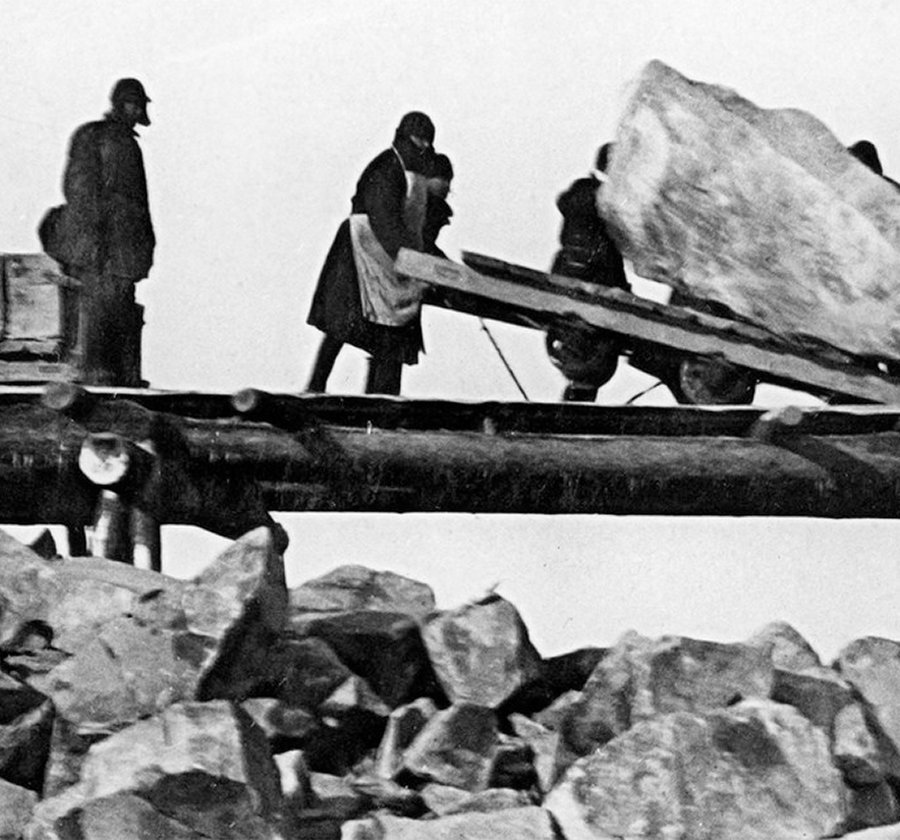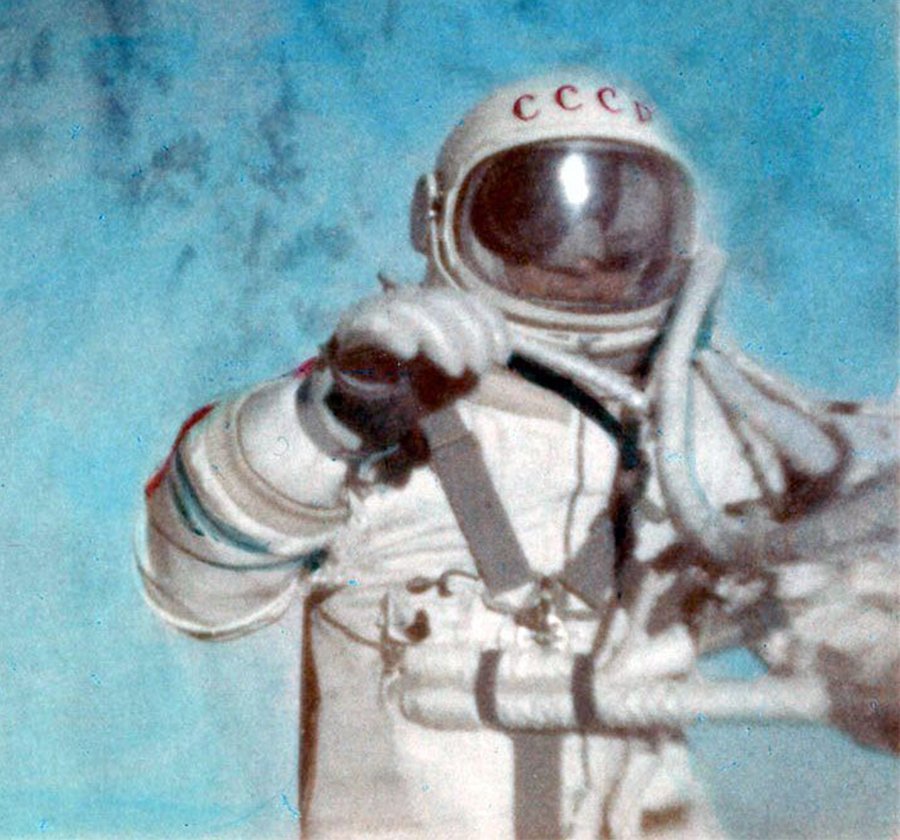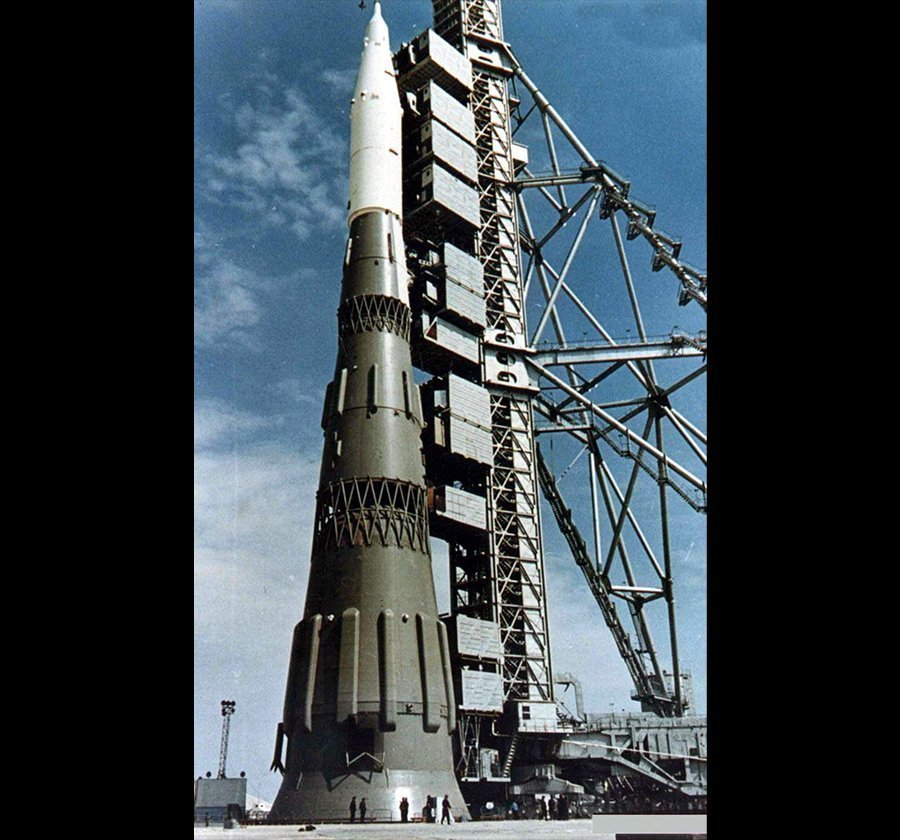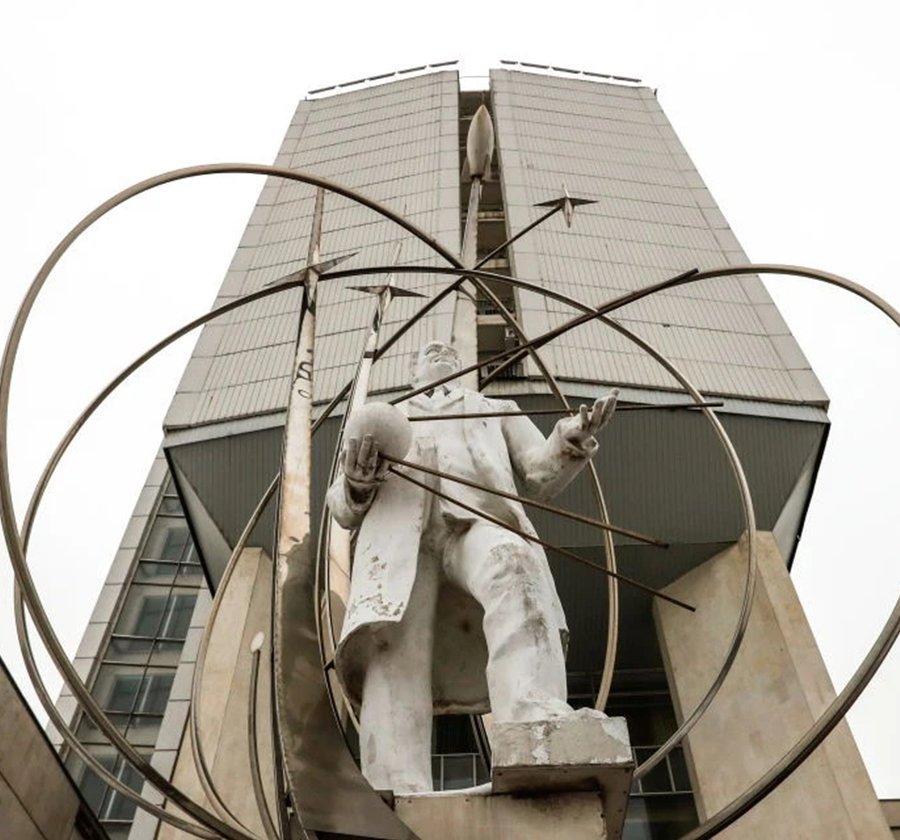Sergei P. Korolev: Making Many Firsts in Human History

Many people have no idea who Sergei Pavlovich Korolev is. And I believe this is a great injustice. This person’s accomplishments led humanity to space. You can still see today many of Korolev’s works used. Moreover, Korolev is an inspiration to many space pioneers. Recently in 2021, Elon Musk gave his grandson a tour of his SpaceX factory.

So, for this article let us talk about one of humanity’s exceptional space pioneers. This is a brief story of the life and accomplishments of Sergei Pavlovich Korolev.
Starting From A Young Age
Sergei Pavlovich Korolev was born in Zhytomyr, Ukraine (previously part of Russia) on the 30th of December 1906. He had a passion for the sciences during his youth. More specifically, the science of aviation enthralled him. Because of this, he enrolled himself at the Kyiv Polytechnic Institute.

Korolev with his associate Fridrikh Tsander founded the Moscow Rocketry Organization (GIRD) in 1931. The name GIRD stands for Gruppa Isutcheniya Reaktivnovo Dvisheniya. Which in English, translates to Group for Investigation of Reactive Motion. GIRD is an organization quite similar to Wernher von Braun’s organization, the German Society for Space Travel. The purpose of these organizations was to further develop technologies for space travel. One of GIRD’s projects is testing liquid-fueled and hybrid rockets.

By 1933, Korolev made progress in his work. At this point, he is now assisting with the launch and directing the flight test GIRD-09. This is Russia’s first liquid-fueled rocket. Because of this, the military-drafted Korolev and his colleagues. Korolev did his military service at the state-run Reaction Propulsion Scientific Research Institute (RNII).
The Great Purge (1936-1938)
Vladimir Lenin’s death in 1924 caused the rise of Josef Stalin. About three years later Stalin took control of the Soviet Union leadership. And by 1936, he started his great purge of the communist party. The Great Purge killed or imprisoned many soviet civilians and military personnel. Stalin did this to fully secure his power over the Soviet Union.

Unfortunately, somebody implicated Korolev in the purge. A close colleague accused him of denouncing the NKVD (Stalin’s Secret Police) on 23rd March 1938. Because of this, the NKVD sentenced him to 10 years of forced labor. He endured spending months in horrible conditions on the Trans-Siberian railway. After this, the government relocated him to a prison ship at Magadan– a town coasting on the Sea of Okhotsk. Afterward, he then again transferred to Siberia. Here he spent one year working in the Kolyma gold mines.

Later on, Stalin made deals with many of the scientists and professionals imprisoned during the purge. The deal was that Stalin would commute their prison sentence. And in exchange, they will help build weapons for the Soviet military. As such, Korolev was freed in 1944. In addition, senior aircraft designer Andrei Tupolev aided his release by advocating his usefulness.

From Military Rockets to Space Rockers
By August 1946, Korolev was the Chief Constructor and later on would be the Chief Designer for the development of a long-range ballistic missile. And in 1953, he developed the R-7. This was the world’s first intercontinental ballistic missile (ICBM). A terrifying weapon that can reach a target 7000 km away.

Korolev used the R-7’s for peaceful purposes. It was this rocket that propelled humanity into space. On the 4th of October 1957, Sputnik 1 became humanity’s first manmade satellite to orbit Earth. And it was his R-7 that made this all possible. Furthermore, Sputnik 1 emboldened the Soviets to plan for more space missions.
Being the First of Many

After Sputnik 1, Korolev contributed to more first of many things for humanity. The R-7 did its job again by launching Sputnik 2 on the 3rd of November 1957. This time a dog named Laika became the first animal in space. Sadly, Laika died during the mission. But this event did not hinder the Soviets.

And by 1959, Korolev helped launched the Luna probe. Soviet scientists designed these devices as unmanned probes to collect data on the Moon. The R-7 carried the first three Luna probes. And this led to the first object to fly by the moon, the first picture of the far side of the Moon, and the first human-made object to touch the Moon.

The successive accomplishments encouraged Korolev to campaign for a manned moon mission. The Soviet leadership supported his moon mission. So, Korolev planned to first create a spacecraft to carry people. Then he planned to build a lunar vehicle to land on the Moon. And lastly, his plan calls for building a rocket to get to the moon.
Being the First in Crewed Missions in Space

By 1961, Korolev was successful in further developing the R-7 to become the spacecraft Vostok. This is the spacecraft that carried the first person into space, Yuri Gagarin. And by the 16th of June 1963, Vostok 6 carried Valentina Tereshkova into space. This person was the first woman to go into space.

After Vostok, Korolev continued to develop the Voskhod manned spacecraft. This was the world’s first multi-person spacecraft. And later on the 18th of March 1965, The Crew of Voskhod 2 made the first-ever spacewalk by cosmonaut Alexei Leonov.
Korolev’s Legacy
In 1962, Korolev was developing the N-1 launch vehicle. The N-1 launcher was similar to the American Saturn V rocket. He designed the N-1 to send the cosmonauts to the Moon. Sadly, he died on the 14th of January 1966. This devastated the Soviet space program. And by 1971, the soviet command canceled the N-1 launcher and the moon mission.

In the end, Sergei Pavlovich Korolev made his mark in history. Upon his death, The Soviet Union gave him a full state honor burial in the wall of the Kremlin. In addition, The Soviet leadership gave him the title of “Hero of Labor”. Later on, he was posthumously given the Lenin Award in 1971 and the Tsiolkovsky Gold Medal.

Korolev’s story ends here. I hope you enjoyed his story and are inspired by him. Now tell us your thoughts about Korolev. Or share with us what other prominent space pioneers you know of. We will be happy to hear your story.
Martin is your average manileño. He loves history and traveling around his beloved Metro Manila. His passion is to make the past come to life by exposing past stories not known by the general public. Tag along with him as he visits the past through the present.











